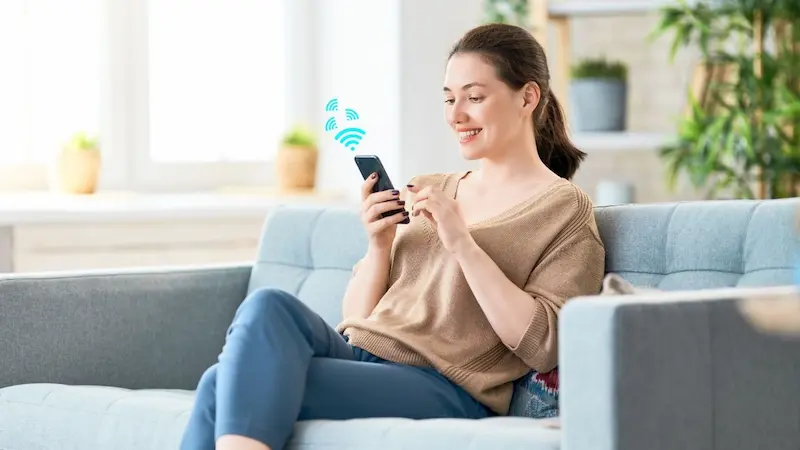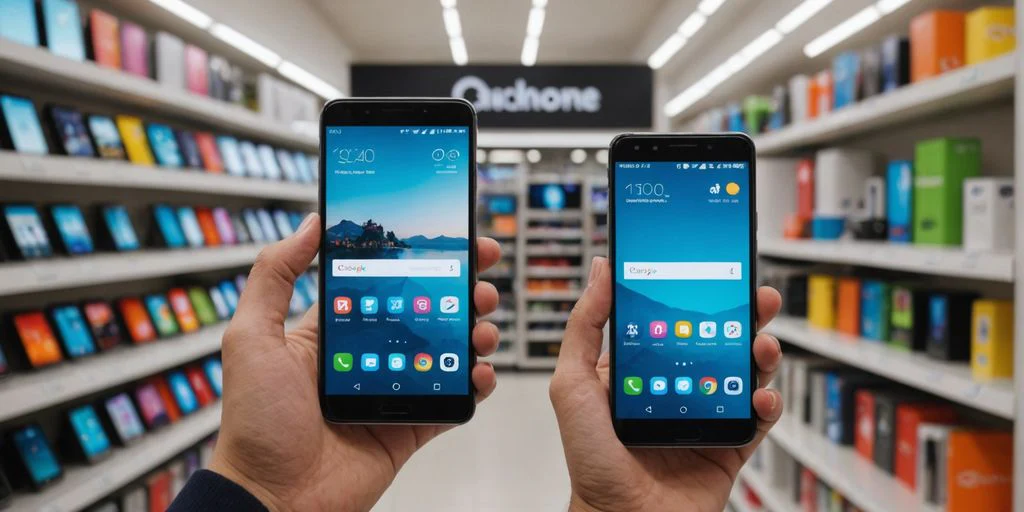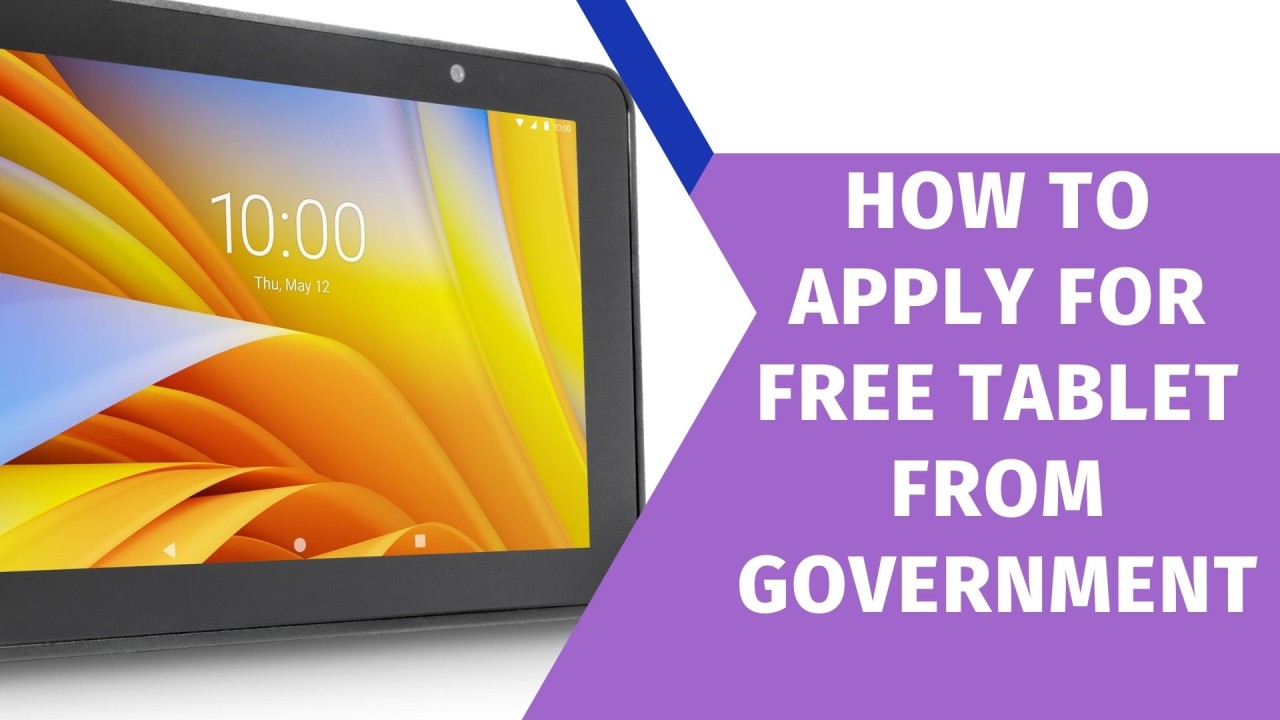Developing Digital Literacy Skills
Preparing Students for the Digital Future
In the 21st century, digital literacy is an essential skill that students must acquire in order to succeed in their academic and professional lives. By providing free tablets, schools are ensuring that students gain proficiency with technology from an early age. Tablets are intuitive devices, and by using them regularly, students develop valuable digital skills such as navigating the internet, using productivity apps, and conducting research online.
Moreover, digital literacy extends beyond just knowing how to use a tablet. Students also learn how to evaluate sources of information, understand online safety and privacy concerns, and collaborate with others through digital platforms. These skills are crucial for students' future success in both higher education and the workforce, as nearly every industry today relies on technology to function.
Fostering Creativity and Critical Thinking
Tablets also encourage creativity and critical thinking. Students can use drawing apps, video editing tools, or music creation software to express their ideas in ways that were not possible with traditional classroom tools. This fosters a sense of creativity and self-expression, which is important for developing critical thinking skills.
For example, in a history class, students could create a multimedia presentation on a historical event using images, videos, and text. This project would require them to research the topic, think critically about the information, and present it in a creative format. Such tasks help students not only develop their creative abilities but also hone their analytical and problem-solving skills.
Collaborative Learning Opportunities
Tablets also facilitate collaborative learning, allowing students to work together on projects regardless of their physical location. With cloud-based tools and apps, students can share documents, create presentations, and engage in group discussions in real time. This collaborative environment fosters teamwork, communication, and leadership skills, all of which are valuable in both academic and professional settings.
In the classroom, tablets can be used for group assignments, allowing students to work together to research, brainstorm, and create presentations. This kind of collaboration not only helps students learn from one another but also prepares them for the kind of teamwork that will be expected in their future careers.

Next Page
You May Also Like
-

How Residents in HUD Housing Can Get Free Internet
How HUD housing residents can access free or low-cost internet. Explore government programs, nonprofit resources, affordable providers, and practical steps for securing internet access.
-

Seasonal Promotions: When to Look for Free Cell Phones and Tablets
-

Free Smartphones for Seniors: A Comprehensive Guide
In today’s digital age, access to a smartphone is essential for staying connected with family, friends, and necessary services. For seniors, free smartphones provide not only an opportunity to maintain communication but also access to vital resources, health information, and social networks.
Popular Blog
-

Affordable Alternatives When You Don’t Qualify for Free Government Phones in the U.S.
Don’t qualify for a free government phone like Lifeline? This article explores affordable options for staying connected. Discover prepaid plans, discounted deals, the used phone market, and how to leverage free Wi-Fi and community resources to maintain essential communication on a budget.
-

How to Get a Free Tablet from Government Programs
In this article, we’ll explore these programs, the types of tablets you can get, and the carriers currently participating in these initiatives.
-

How to Check Your Eligibility for Free Cell Phones and Services
Learn how to check your eligibility for free cell phones and services through programs like Lifeline and ACP. Discover income-based requirements, application steps, and benefits.





